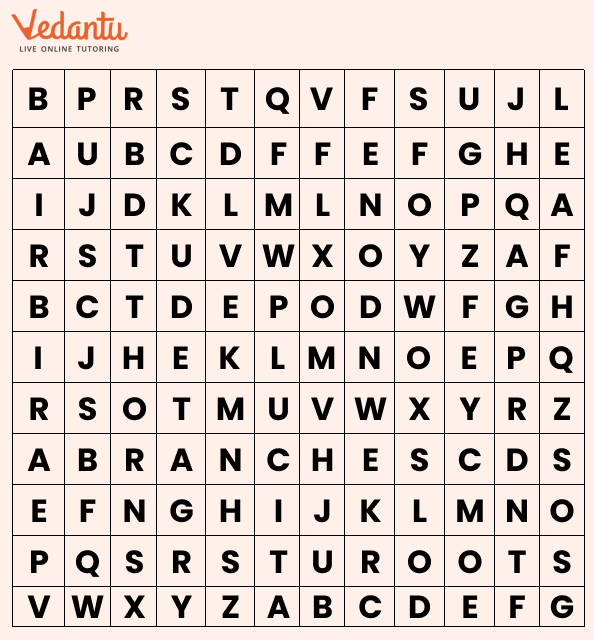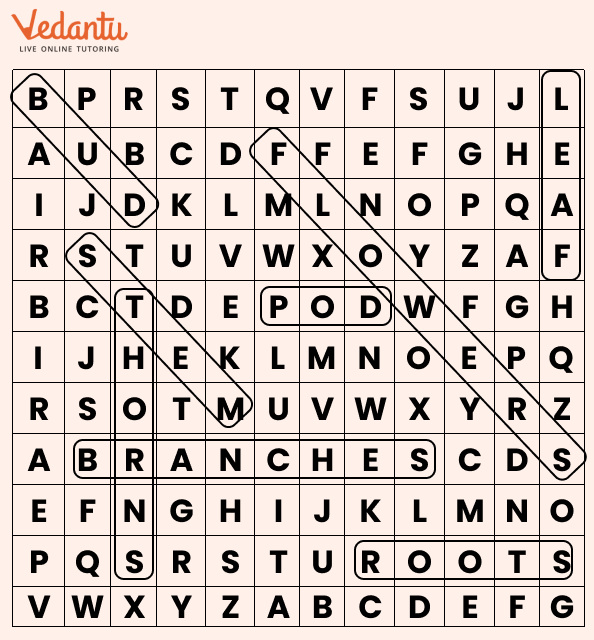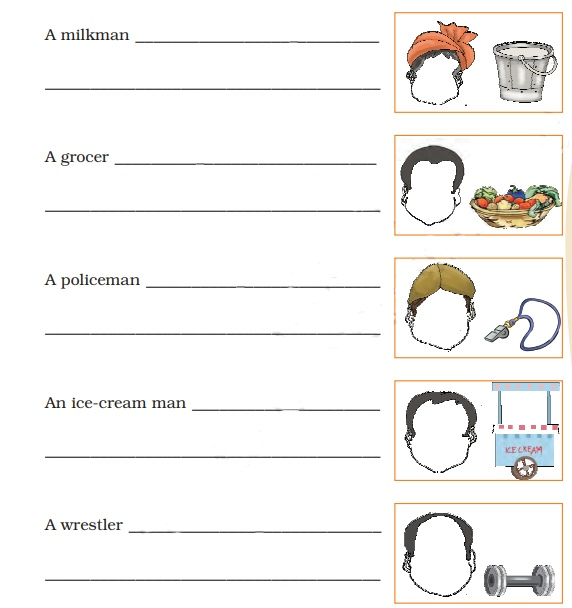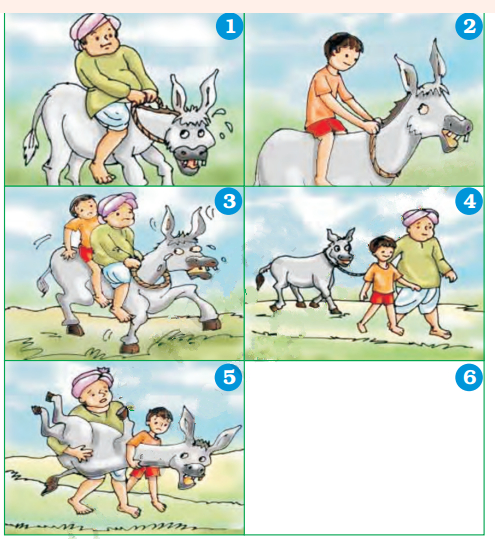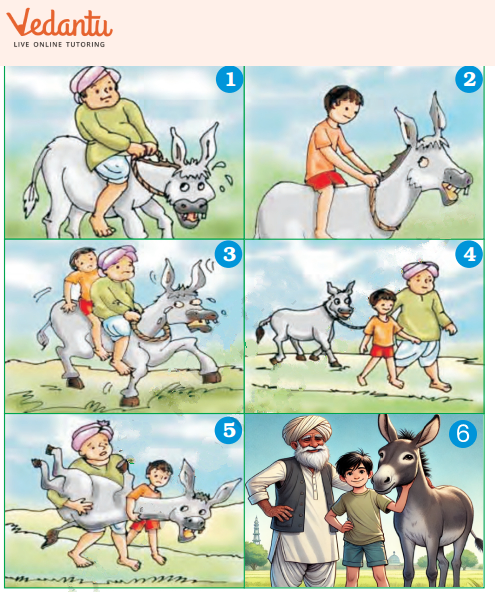NCERT Solutions for English Class 4 (Marigold) Chapter 7 - FREE PDF Download
FAQs on NCERT Solutions for Class 4 English Marigold Chapter 7 The Watering Rhyme and The Donkey
1. What is Class 4 English (Marigold) Chapter 7 "The Watering Rhyme" about?
"The Watering Rhyme" is a poem that provides advice on how to properly water plants. It suggests watering flowers early in the morning or in the evening and at the roots, rather than during the hot midday.
2. What lesson does Class 4 English (Marigold) Chapter 7 "The Donkey" teach?
"The Donkey" is a poem that teaches the value of kindness and patience. Instead of punishing a stubborn donkey, the speaker chooses to care for it with hay and corn, which helps the donkey become better behaved.
3. What are the main themes of Class 4 English (Marigold) Chapter 7?
The main themes are the proper care of plants and the importance of kindness. "The Watering Rhyme" focuses on plant care, while "The Donkey" emphasises treating animals with gentleness.
4. How does the poem Class 4 English Chapter 7 "The Watering Rhyme" suggest watering plants?
The poem advises watering plants early in the morning or in the evening, rather than at noon when the sun is high. It also emphasises watering at the roots rather than on the flowers.
5. Why is it important to water plants at the roots Class 4 according to English (Marigold) Chapter 7?
Watering at the roots is important because it is where plants absorb water. This method ensures that the plants get the necessary moisture they need to stay healthy and grow.
6. What does the Chapter 7 poem "The Donkey" say about handling a stubborn donkey?
The poem suggests that instead of using harsh methods, one should use kindness and provide the donkey with food, such as hay and corn, to improve its behavior.
7. What kind of rhyming pattern is used in Class 4 English Chapter 7 "The Watering Rhyme"?
"The Watering Rhyme" uses a simple rhyming pattern to make the poem engaging and easy to remember. The rhyming pattern helps convey its message effectively.
8. How can students apply the advice from Class 4 English Chapter 7 "The Watering Rhyme" in their own lives?
Students can apply this advice by watering plants in their homes or school gardens early in the morning or in the evening and focusing on watering the roots to keep the plants healthy.
9. What are some examples of kindness shown in Class 4 English Chapter 7 "The Donkey"?
Examples of kindness in "The Donkey" include offering food to the donkey instead of punishing it and caring for it patiently to help it become better behaved.
10. How can understanding Class 4 English (Marigold) Chapter 7 Poems benefit students?
Understanding these poems helps students learn important life lessons about caring for plants and animals. It teaches them the value of patience, kindness, and proper care, which can be applied in their daily lives.

















